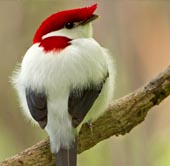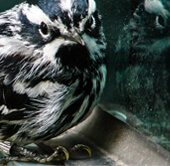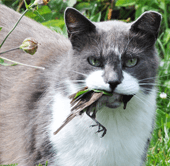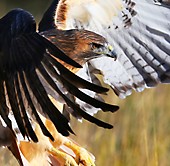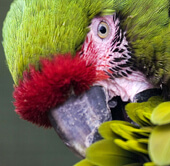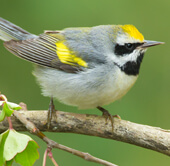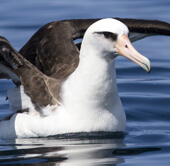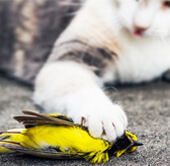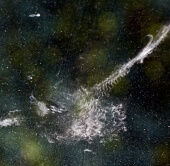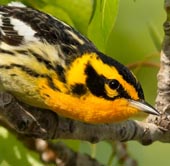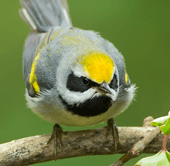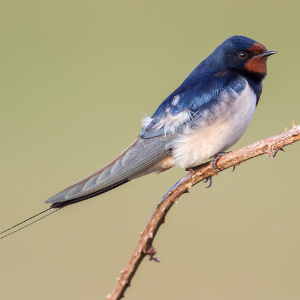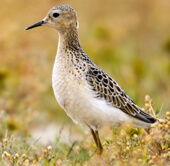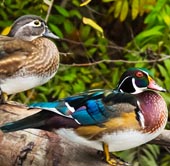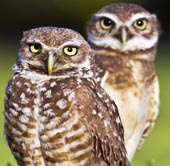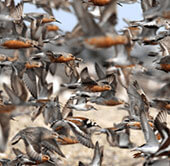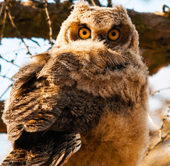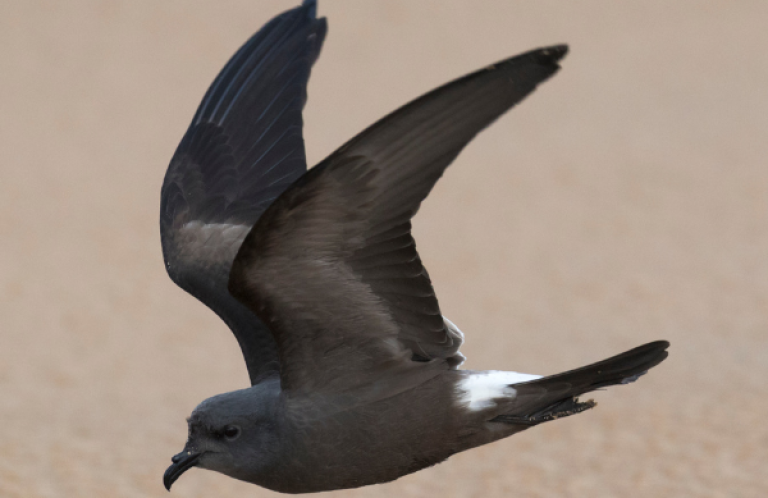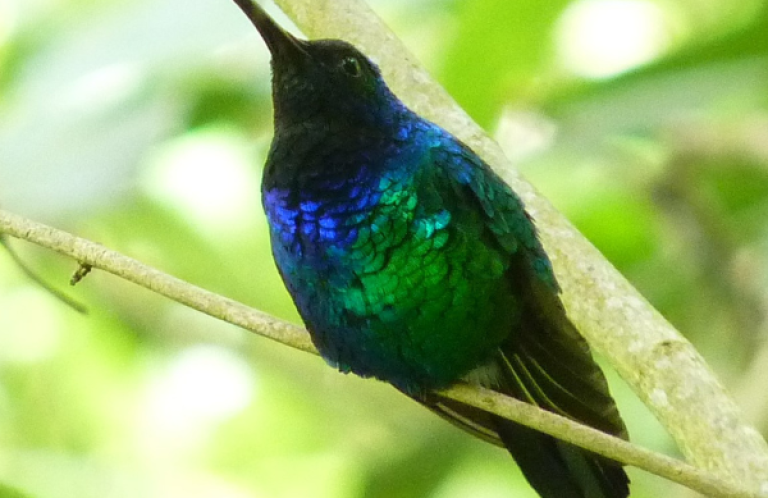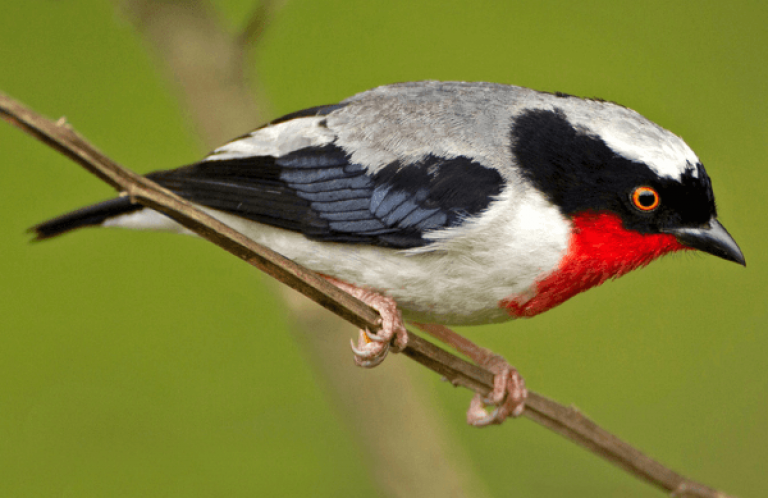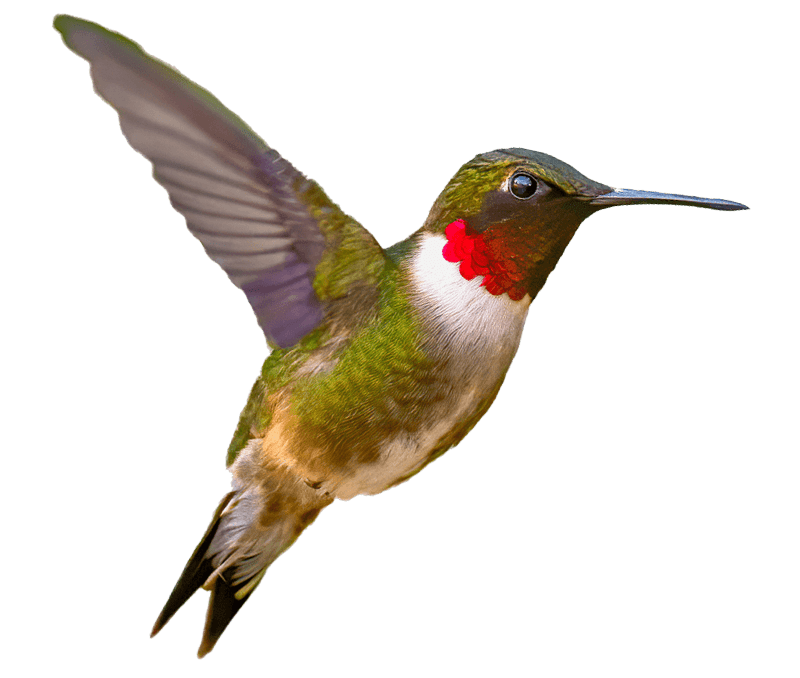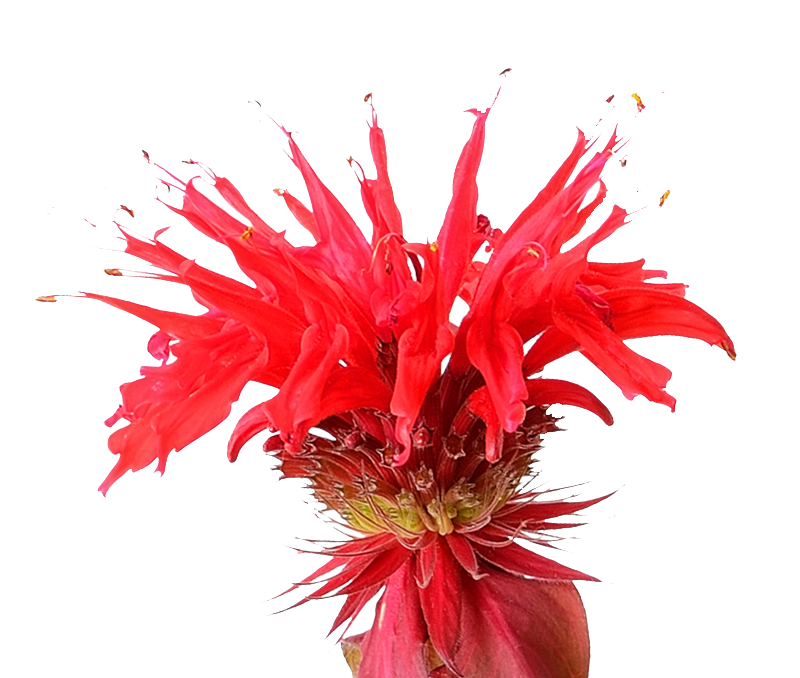"Little Devil" Bird May Warrant Federal Protection as Endangered Species
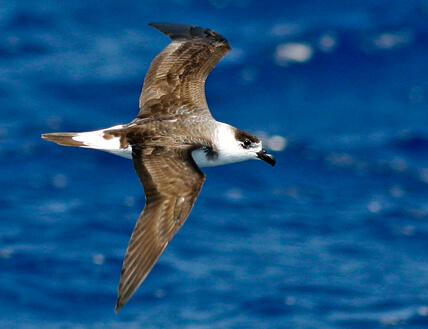 |
| Black-capped Petrel by Brian Patteson |
(Washington, D.C., July 12, 2012) After carrying out an initial 90-day review of the Black-capped Petrel, a rare seabird, the U.S. Fish and Wildlife Service (FWS) is now initiating a more thorough status review to determine whether the bird warrants federal protection as a threatened or endangered species.
The 90-day review was based on scientific information presented by WildEarth Guardians in a petition to list the species and designate Critical Habitat. To ensure the status review is comprehensive, the FWS is soliciting information on the bird and its habitat from state and federal natural resources agencies and all other interested parties.
The Black-capped Petrel – known locally as “Diablotin” meaning Little Devil – has an estimated world population of only approximately 5,000 individuals. Its nesting sites remained a mystery until 11 nests were located in southeastern Haiti in 1963. It acquired its nickname as a result of its nocturnal habits, its unusual, eerie calls, and its tendency to produce a haunting, flutelike sound during nocturnal flights, apparently created by wind passing over its wings.
The Black-capped Petrel is threatened by predation from introduced mammals, deforestation, and human encroachment in nesting areas. Urbanization and associated increases in artificial lights likely increase risks of collision with trees, wires, communications towers, and buildings. At sea, offshore energy development and oil spills may pose additional hazards.
“This bird is in trouble and needs special conservation attention that could result from a finding of ‘endangered' or ‘threatened.' While recently discovered nesting sites in national parks in Haiti and the Dominican Republic are protected on paper, charcoal production and logging in the immediate vicinity are cause for serious concern about their long-term conservation,” said Dr. George Wallace, Vice President for Oceans and Islands at American Bird Conservancy, a leading U.S. Bird Conservation Organization.
The Black-capped Petrel nests in burrows or crevices in cliffs in montane forests at an elevation of 5,000 – 7,500 feet. Nesting birds commute from their breeding sites in the mountains to foraging sites at sea where they feed on fish, invertebrates, and squid.
While Black-capped Petrels are known to range up the U.S. East Coast as far as New England, they are confirmed breeding only in Haiti and the Dominican Republic. Researchers suspect, however, that they may persist on Cuba, Jamaica, and on Dominica, where they have been seen both off the coast and inland. The bird was once common on Guadeloupe, but was extirpated there in the 19th Century; it apparently also nested on Martinique.
Based on the status review, FWS will make one of three possible determinations:
(1) Listing is not warranted, in which case no further government action will be taken.
(2) Listing as threatened or endangered is warranted. In this case, the Service will publish a proposal to list, solicit independent scientific peer review of the proposal, seek input from the public, and consider the input before a final decision about listing the species is made.
(3) Listing is warranted but precluded by other, higher priority activities. This means the species is added to the federal list of candidate species, and the proposal to list is deferred while the Service works on listing proposals for other species that are presumed to be at greater risk. A warranted but precluded finding requires subsequent annual reviews of the finding until such time as either a listing proposal is published, or a not warranted finding is made based on new information.
Anyone wishing to submit information regarding the Black-capped Petrel may do so by one of the following methods:
- Federal eRulemaking Portal: regulations.gov. Follow the instructions for submitting comments. Search for Docket Number FWS–R4–ES–2012–0018.
- U.S. mail or hand-delivery: Public Comments Processing, Attn: FWS–R4–ES–2012–0018; Division of Policy and Directives Management; U.S. Fish and Wildlife Service; 4401 N. Fairfax Drive, Suite 222; Arlington, VA 22203.
Comments must be received by August 20, 2012.

